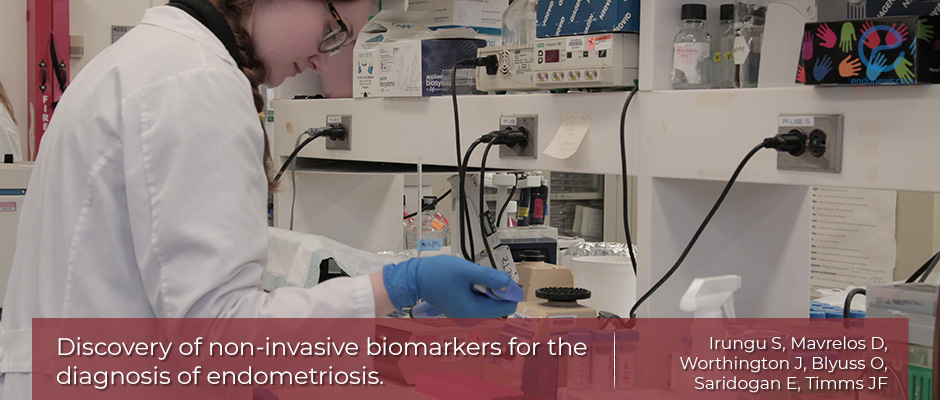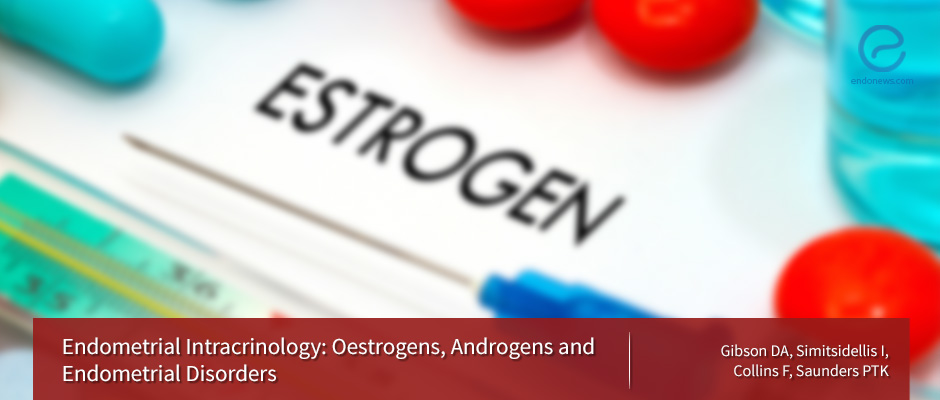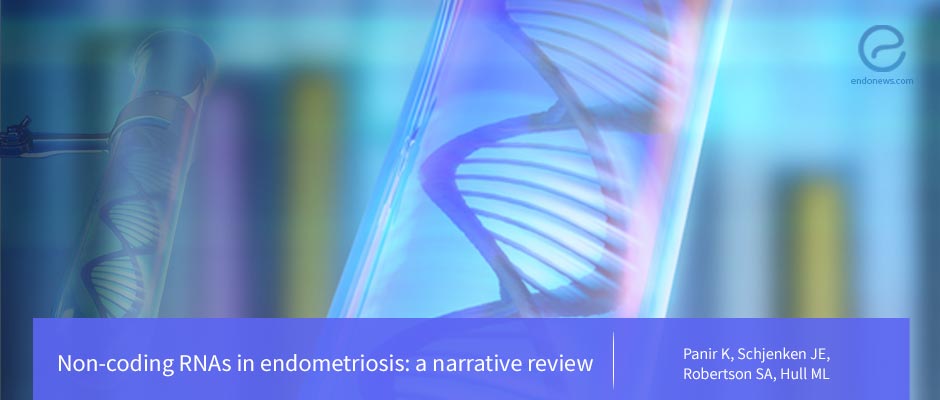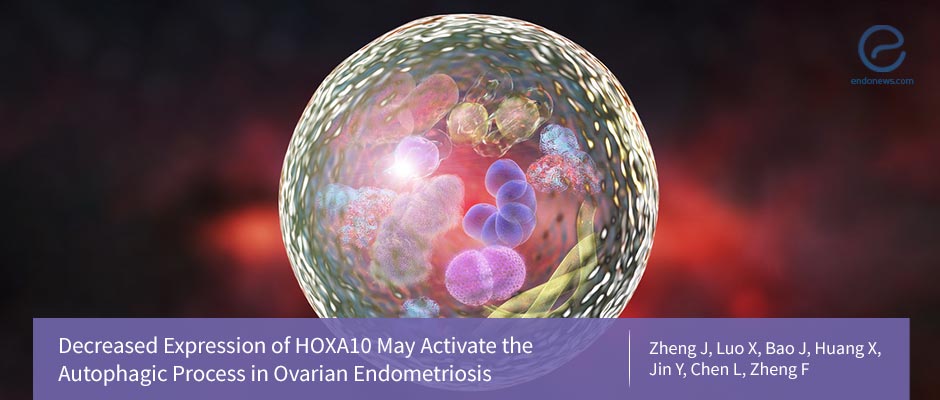Non‑invasive biomarkers for endometriosis diagnosis
Endometriosis is a disease of women in reproductive age and its incidence varies between 5-10%. Since the diagnosis is based on the histological confirmation, there is an average of 7 to 11 years of delays in the diagnosis. Promising non-invasive…
Key Points Lay SummaryDrugs targeting estrogen biosynthesis opening up new approaches to the treatment of endometriosis.
Gibson et al., from the Univerity of Edinburgh, UK, take over a new interest about endometriosis occurrence and progress by endometrial tissue intracrinology in their recently online published article in International Journal of Molecular Sciences. The authors summarize the last…
Key Points Lay SummaryNon-coding RNAs in endometriosis
The pathophysiological mechanisms causing the development of endometriosis, which is a heterogeneous disease remain enigmatic, and a lack of effective biomarkers necessitates surgical intervention for diagnosis. Non-coding RNA (ncRNA) molecules, which are important regulators of cellular function, have been implicated…
Key Points Lay SummaryHOXA10: A Culprit in Endometriosis Disease Progression
Zheng et al., a group of authors from the Aerospace Center Hospital in Bejing and from the First Affiliated Hospital of Wenzhou Medical University in Wenzhou, recently published a paper in Reproductive Sciences entitled “Decreased Expression of HOXA10 May Activate the…
Key Points Lay Summary
 By Hale Goksever Celik
By Hale Goksever Celik

 By Selma Oransay
By Selma Oransay

 By Dr. Youngran Park
By Dr. Youngran Park

 By Kasthuri Nair
By Kasthuri Nair